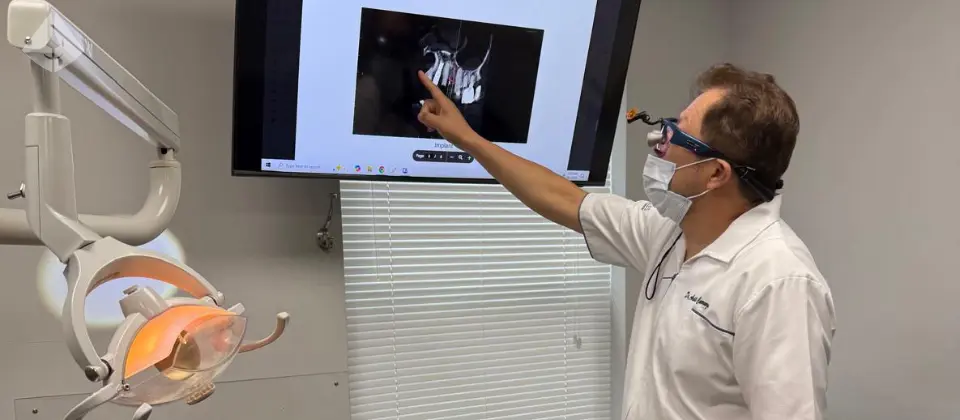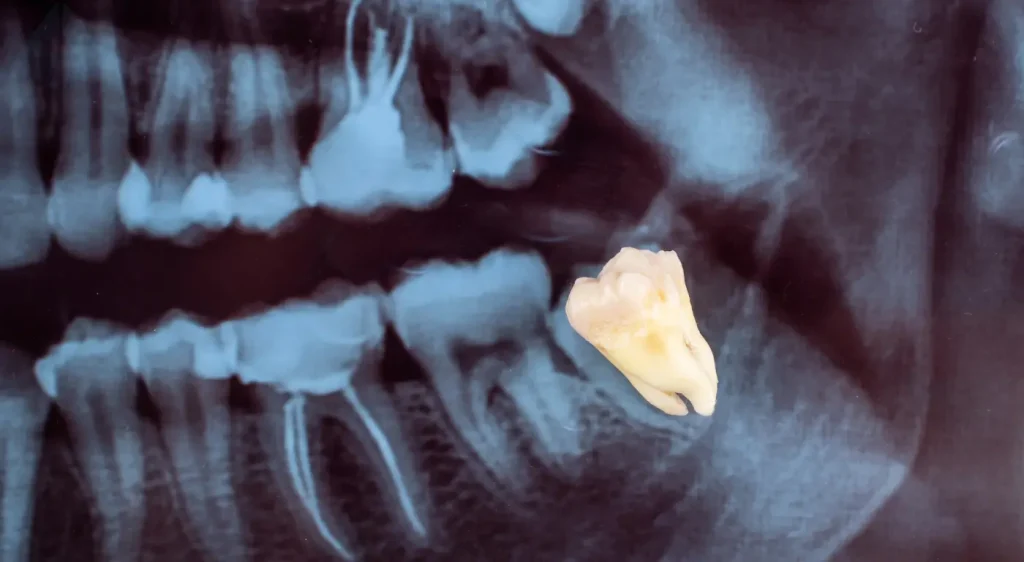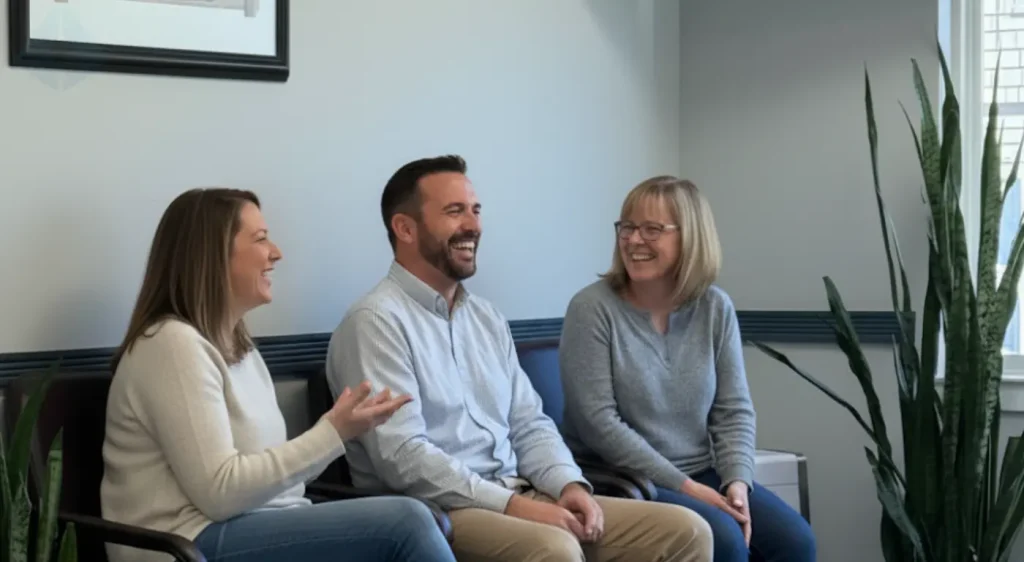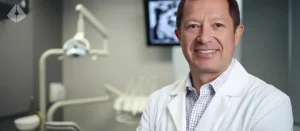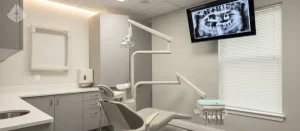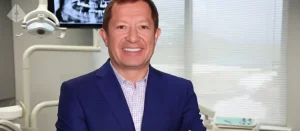Think wisdom tooth pain is just a rite of passage for teenagers? For many adults in Westfield, NJ, and the surrounding communities, the sudden onset of jaw pain, pressure, or sinus issues can be a confusing and unwelcome surprise. In fact, you may have thought you were past this particular dental milestone, but wisdom teeth can become problematic at any stage of life, especially after the age of 30.
Unfortunately, ignoring these symptoms is not a solution. Delaying necessary treatment can, as a result, lead to more complex issues down the road. At Smile Design NJ, Dr. Aristo Carranza specializes in addressing the unique dental challenges faced by adults. Consequently, we combine deep expertise with advanced diagnostic technology to ensure that procedures like wisdom tooth extraction are not only effective but also prioritize your comfort and long-term health.
In this comprehensive guide, we will walk you through everything you need to know about adult wisdom tooth extraction. Specifically, we’ll explore why the procedure is different after 30, the risks and benefits involved, and what you can realistically expect during recovery. Most importantly, you will understand why specialized, expert care is the cornerstone of a successful outcome.
Why Is Wisdom Tooth Extraction More Complex After 30?
You might wonder why a procedure that seems routine for an 18-year-old requires special consideration for a 38-year-old. The answer lies in how our jaws and teeth mature over time. By your 30s and beyond, for instance, the conditions for an extraction have significantly changed.
Think of it like this: removing a young sapling from the ground is relatively simple because its roots are shallow. However, trying to remove a fully grown oak tree is a different story. Its roots are deep, complex, and firmly embedded. This analogy helps explain the primary challenges in adult extractions:
Fully Developed Roots: A teenager’s wisdom teeth have roots that are still forming, making them shorter and more conical. In adults, on the other hand, these roots are fully mature—often longer, curved, and securely anchored into the jawbone.
Denser Jawbone: Furthermore, as we age, our bone density increases. The jawbone becomes less pliable and fuses more tightly around the tooth roots, which in turn requires more skill and precision to remove the tooth without causing unnecessary trauma.
Proximity to Nerves: Additionally, the mandibular nerve, which provides feeling to your lower lip, chin, and tongue, runs through the lower jaw. Over time, fully developed wisdom tooth roots can grow very close to this nerve. As a result, a specialist like Dr. Carranza must use advanced 3D imaging to map this relationship precisely, thereby minimizing risks.
These factors don’t make the procedure impossible; they simply make expertise and meticulous planning absolutely essential.
5 Signs You May Need Your Wisdom Teeth Removed
Symptoms of problematic wisdom teeth in adults can be subtle or acute. In many cases, they are often mistaken for other issues like sinus infections or general jaw tension. Here are five key signs that indicate it’s time to schedule an evaluation:
Pain or Jaw Stiffness: Unquestionably, this is the most common indicator. You might feel a dull ache or sharp pain in the very back of your mouth, which can then radiate to your ear or down your neck. Difficulty opening your mouth wide can also be a sign.
Sinus Pressure and Congestion: The roots of the upper wisdom teeth are located near the sinus cavity. For this reason, when these teeth become impacted or infected, they can cause pressure, pain, and congestion that feels very similar to a sinus infection.
Swollen or Bleeding Gums: Gums around the back molars that are persistently red or bleed easily can signal a partially erupted wisdom tooth. This subsequently creates a flap of gum tissue where bacteria can get trapped, leading to an infection.
Crowding or Shifting of Other Teeth: If your teeth are becoming crooked after years of being straight, the pressure from impacted wisdom teeth could be the cause. Specifically, they can exert a steady, forward force that undermines the alignment of your other teeth.
Cysts or Tumors: While less common, an impacted wisdom tooth can eventually lead to the development of a cyst within the jawbone. This can cause significant damage if left untreated, which is why regular dental X-rays are crucial for early detection.
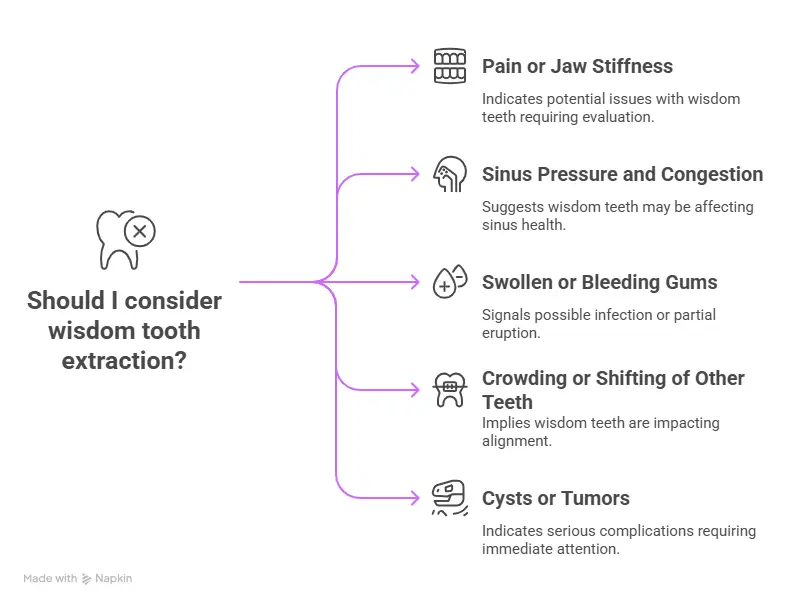
The Risks vs. Rewards: An Honest Look for Our Westfield Patients
Making an informed decision about your health requires a clear and honest assessment of both the potential risks and the significant rewards. At Smile Design NJ, our commitment to Trustworthiness means we are transparent with our patients every step of the way.
Potential Risks: It’s true that the potential for complications is higher in adults, as the graphic above clearly illustrates. A slower healing process and a slightly higher risk of nerve irritation are all factors we consider.
However, it is crucial to understand that these risks are dramatically minimized with an experienced surgeon and advanced technology. For example, Dr. Carranza’s use of 3D CBCT scanning allows for a precise surgical plan that navigates around critical structures, thereby protecting your health and ensuring a predictable outcome.
Overwhelming Rewards: Ultimately, the benefits of removing a problematic wisdom tooth almost always outweigh the manageable risks. By proceeding with the extraction, you can achieve:
Permanent Relief from Pain: First and foremost, you can eliminate the chronic ache and pressure that affects your quality of life.
Prevention of Future Damage: You also stop the crowding of adjacent teeth and prevent the decay that often occurs in these hard-to-clean areas.
Improved Overall Health: In addition, you remove a potential source of chronic infection that can impact your systemic health and resolve related sinus issues.
Peace of Mind: Finally, you address the underlying issue definitively, rather than relying on temporary solutions.
Your Recovery Timeline: What to Expect After 30
One of the biggest concerns for our adult patients is undoubtedly the recovery period. Juggling work and family means you need a realistic understanding of the healing process. While recovery is typically longer for adults, a smooth experience is certainly achievable with proper care.
In our Experience with thousands of adult patients, we’ve developed a recovery protocol that helps you get back on your feet efficiently. Here is a realistic timeline:
Days 1-2: Initially, this is the period for rest. Expect some swelling and discomfort, which is well-managed with medication. Stick to a liquid diet.
Days 3-4: Subsequently, swelling typically peaks and begins to subside. You can start introducing soft foods. You may feel up to returning to a desk job, but you should still avoid strenuous activity.
Days 5-7: By this point, you should feel significantly better. Swelling will be greatly reduced. You can slowly return to a more normal diet, being careful to avoid the surgical site.
Pro-Tips for a Better Recovery:
Follow Medication Instructions: Above all, take medication as prescribed to stay ahead of discomfort.
Use Ice Packs: Also, apply ice packs for the first 48 hours to minimize swelling.
Stay Hydrated: Drink plenty of water but avoid using a straw, as the suction can dislodge the crucial blood clot.
Keep Your Head Elevated: Lastly, when resting, use an extra pillow to keep your head elevated. This also helps reduce swelling.
“Sarah, a 38-year-old from Scotch Plains, NJ, shared with us: ‘I was nervous about the recovery time, especially with my busy job. The team at Smile Design NJ gave me a personalized recovery plan that made all the difference. In the end, I was back to feeling like myself much faster than I expected.'”
Why Choose a Specialist like Dr. Aristo Carranza?
When facing a more complex procedure, the skill of the surgeon is paramount. Therefore, this is not the time for a one-size-fits-all approach. Dr. Aristo Carranza’s Authority and Expertise in the field provide the assurance you need.
Choosing Smile Design NJ means choosing a higher standard of care. Specifically, we leverage:
Advanced 3D Imaging: Our CBCT scanner creates a detailed 3D model of your jaw. This allows Dr. Carranza to visualize the exact position of the tooth and nearby nerves, thus enabling a surgical plan with unparalleled precision.
Comfort-Focused Techniques: Moreover, we understand dental anxiety is real. For that reason, we offer sedation options to ensure you are completely relaxed throughout the procedure.
A Meticulous, Patient-First Approach: From the initial consultation to the final follow-up, our focus is always on you. We take the time to answer your questions and ensure your recovery is well-supported.
Take the Next Step Towards Relief
In summary, don’t let wisdom tooth pain hold you back or compromise your dental health any longer. While the thought of extraction as an adult can be daunting, having the best oral surgeon for wisdom teeth in the Westfield, NJ area on your side makes all the difference. Indeed, with the right team and technology, it is a safe and highly beneficial procedure.
Take control of your oral health today. Schedule Your Personalized Smile Assessment at smiledesignnj.com and discover a comfortable, expert-led solution.

